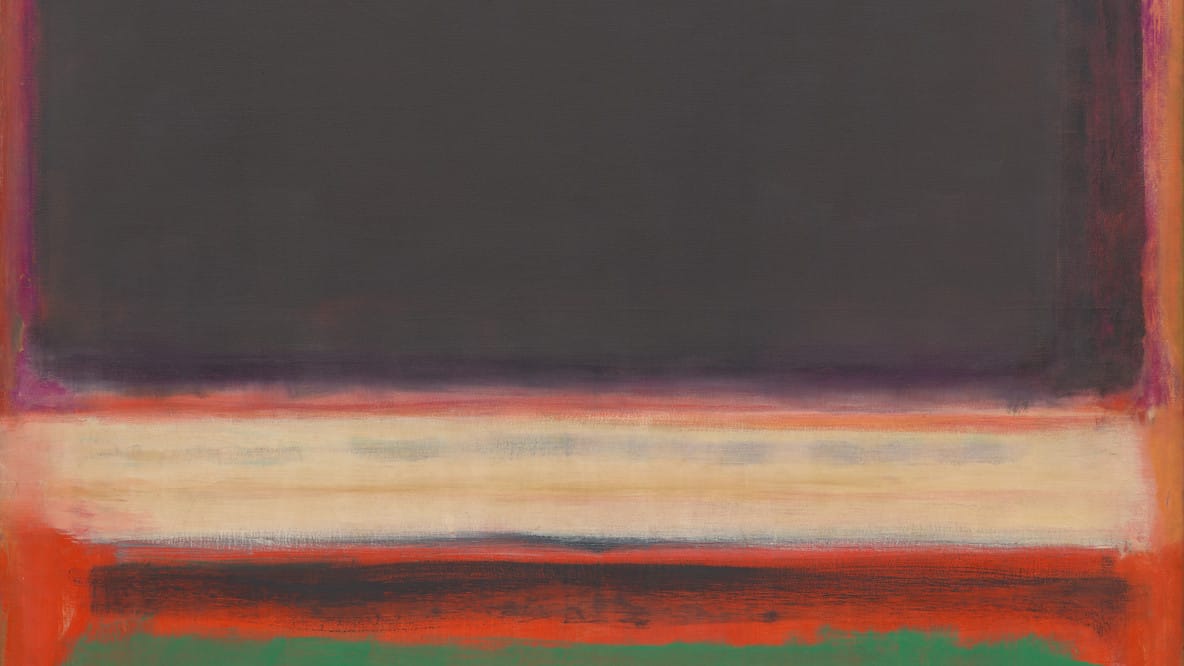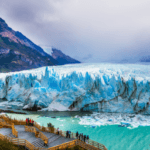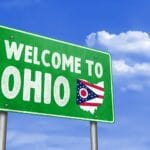The Enigmatic Legacy of Mark Rothko
Mark Rothko, a name synonymous with vast canvases saturated in vibrant hues, continues to captivate and confound the art world. His legacy, deeply intertwined with the Abstract Expressionist movement, resists easy categorization. Was he a staunch modernist, imbuing his canvases with raw emotion, or did his art presage the introspective, conceptually-driven nature of postmodernism? This exploration seeks to unravel the complexities of Rothko’s position within art history, recognizing the nuances that make his work so compelling.
Rothko and the Tenets of Modernism
Rothko’s artistic journey unfolded during a period of radical artistic experimentation. The early 20th century witnessed the rise of modern art, a movement that sought to dismantle traditional artistic conventions. Abstract Expressionism, with its emphasis on spontaneous gesture and the exploration of pure form and color, emerged as a dominant force within this new artistic landscape.
Rothko’s work embodies many key principles of Abstract Expressionism. His paintings, often monumental in scale, draw the viewer into fields of color that pulsate with emotional intensity. He believed that art should transcend mere representation, aiming to evoke profound, visceral responses. “No possible set of notes can explain our paintings,” Rothko famously stated, underscoring his belief in the subjective experience of art.
His signature style, characterized by luminous, often rectangular, blocks of color floating upon expansive canvases, emerged in the late 1940s. He exhibited alongside other Abstract Expressionist luminaries such as Jackson Pollock and Willem de Kooning, solidifying his place within this groundbreaking movement.
The “Artist’s Manifesto”: A Modernist Proclamation
In 1943, Rothko, alongside fellow artist Adolph Gottlieb, penned a seminal text that would come to be known as the “Artist’s Manifesto.” Published in The New York Times, this document served as a declaration of their artistic ideals, firmly situating them within the modernist discourse.
The manifesto vehemently rejected traditional artistic constraints. “We favor the simple expression of the complex thought,” they declared, advocating for an art form that transcended the need for literal representation. Instead, they championed the power of pure form and color to convey profound, universal truths and primal emotions. Their words resonated with a generation of artists eager to break free from the shackles of the past.
Bridging the Divide: Glimpses of Postmodernism
While Rothko’s artistic foundations were undoubtedly rooted in modernism, his work exhibits a complexity that transcends simple categorization. Emerging in the mid-20th century, postmodernism challenged the grand narratives and utopian ideals that often underpinned modernist thought. Irony, self-awareness, and the blurring of artistic boundaries became hallmarks of this new movement.
Although Rothko himself may not have identified as a postmodernist, his work seems to anticipate key aspects of this artistic shift. His emphasis on the subjective nature of artistic experience, his exploration of the limitations of language in conveying meaning, and the evocative, open-ended nature of his compositions all resonate with postmodern sensibilities.
Furthermore, Rothko’s influence on later minimalist and conceptual artists, such as Agnes Martin and Barnett Newman, suggests a conceptual lineage that extends beyond the confines of Abstract Expressionism. His pared-down aesthetic, focusing on the evocative power of color and form, provided a crucial link between the emotional intensity of Abstract Expressionism and the more cerebral, conceptually-driven art of the later 20th century.
The Rothko Chapel: A Space for Contemplation and Questioning
Completed in 1971, the Rothko Chapel stands as a powerful testament to the artist’s enduring fascination with the spiritual and the sublime. This non-denominational sanctuary, housing fourteen of Rothko’s monumental canvases, immerses visitors in an environment of profound solemnity. The paintings, with their darkened hues and contemplative stillness, invite introspection and quiet reflection.
The Rothko Chapel embodies the tension between modernist notions of spirituality and the postmodern tendency towards questioning and ambiguity. It offers a space for spiritual contemplation while simultaneously prompting viewers to confront the limits of faith and the elusiveness of absolute truth. This inherent duality further complicates Rothko’s position within art history, defying any attempt at a singular, definitive label.
A Legacy of Interpretation and Debate
Rothko, throughout his career, steadfastly resisted categorization. He bristled at attempts to define his art within the confines of any specific movement, asserting that his work transcended such limitations. This resistance to labels has only served to further fuel the ongoing debate surrounding his legacy.
Art historians and critics continue to grapple with the complexities of Rothko’s art. Some argue for his firm placement within the modernist canon, citing his emphasis on emotional expression and his pursuit of universal truths. Others, however, point to the postmodern undercurrents in his work, highlighting his exploration of subjectivity, the limitations of language, and the evocative, open-ended nature of his art.
Ultimately, Rothko’s legacy rests on the profound impact his work continues to have on viewers. His paintings invite us to shed preconceived notions, to engage with our own emotions, and to confront the ineffable mysteries of the human experience. The ongoing debate surrounding his place within art history is a testament to the enduring power of his art to provoke, challenge, and inspire.
Is Rothko at the Tate Modern?
Indeed, the Tate Modern houses a significant collection of Rothko’s works, including the iconic “Black on Maroon.” While the dedicated “Rothko Room” is no longer in existence, the museum continues to showcase his art in thoughtfully curated displays.
The Tate Modern’s commitment to exhibiting Rothko’s work extends beyond their permanent collection. They have hosted acclaimed temporary exhibitions, such as the 2008 reunion of all of Rothko’s “Seagram Murals.” This landmark exhibition provided a rare opportunity to experience the full scope of this pivotal series. Additionally, the museum regularly borrows other Rothko pieces, offering visitors a comprehensive perspective on the evolution of his artistic vision.
The Tate Modern’s approach to displaying Rothko’s art emphasizes immersion and contemplation. Visitors are encouraged to engage with the scale, color, and emotional resonance of his paintings in a space designed to foster a profound connection with his work.
Learn more about the significance of opossums during the ice age by clicking opossum ice age. Additionally, discover the horrifying role played by Mathieu Ngirumpatse during the Rawandan genocide by following this link: what did mathieu ngirumpatse do during rawandan genocide.
- Discover Francesville, Indiana: A Small Town with a Big Heart and Rich History - November 22, 2024
- Findlay Community Mourns the Loss of Educator Eden Lasley After Tragic Train Accident - November 22, 2024
- Caitlin Hochul: Balancing Public Service and a Private Life - November 22, 2024

















1 thought on “Analyzing Rothko’s Place in Art History: Modern or Postmodern?”
Comments are closed.